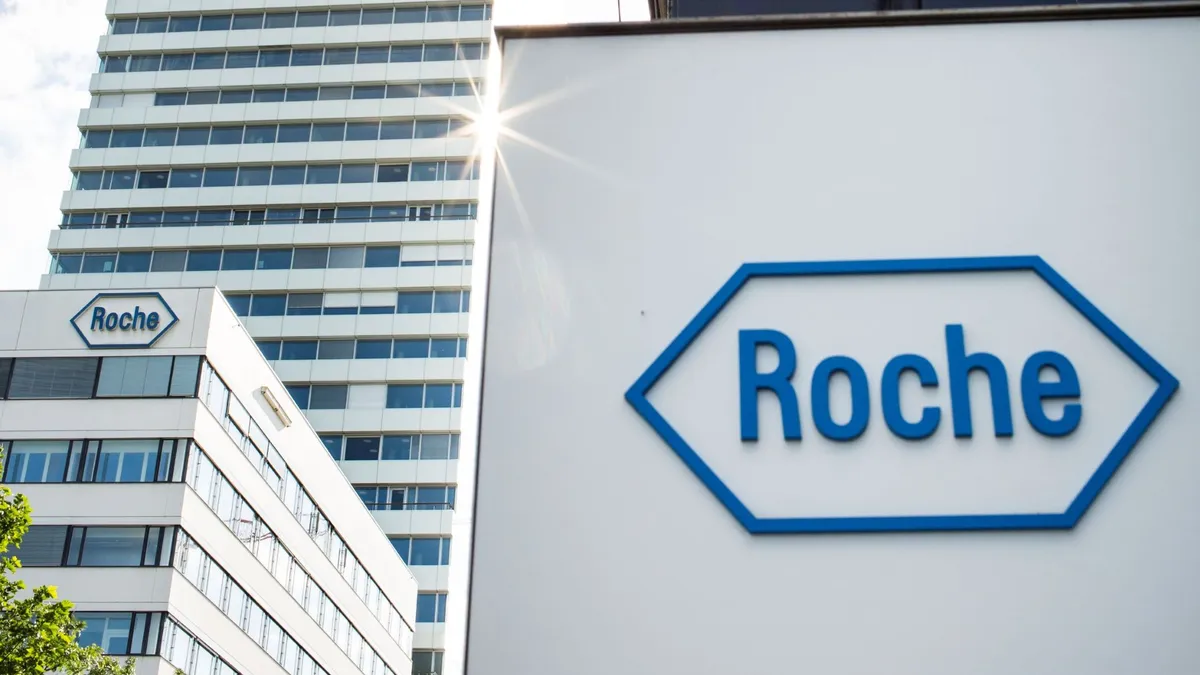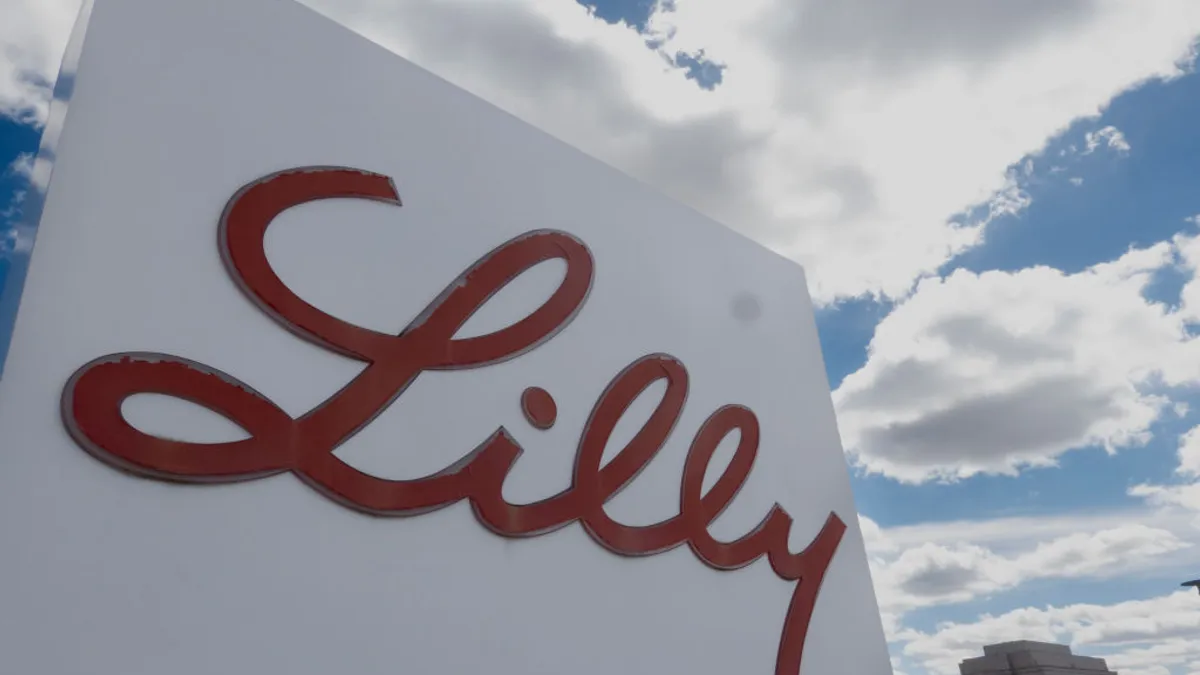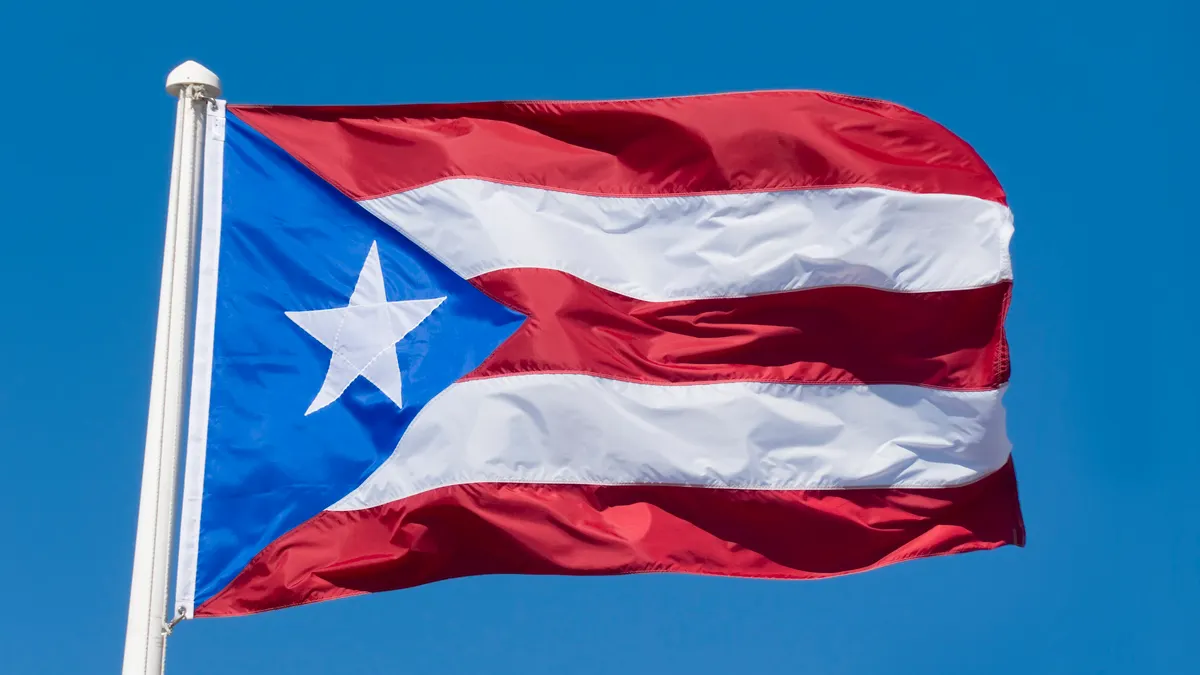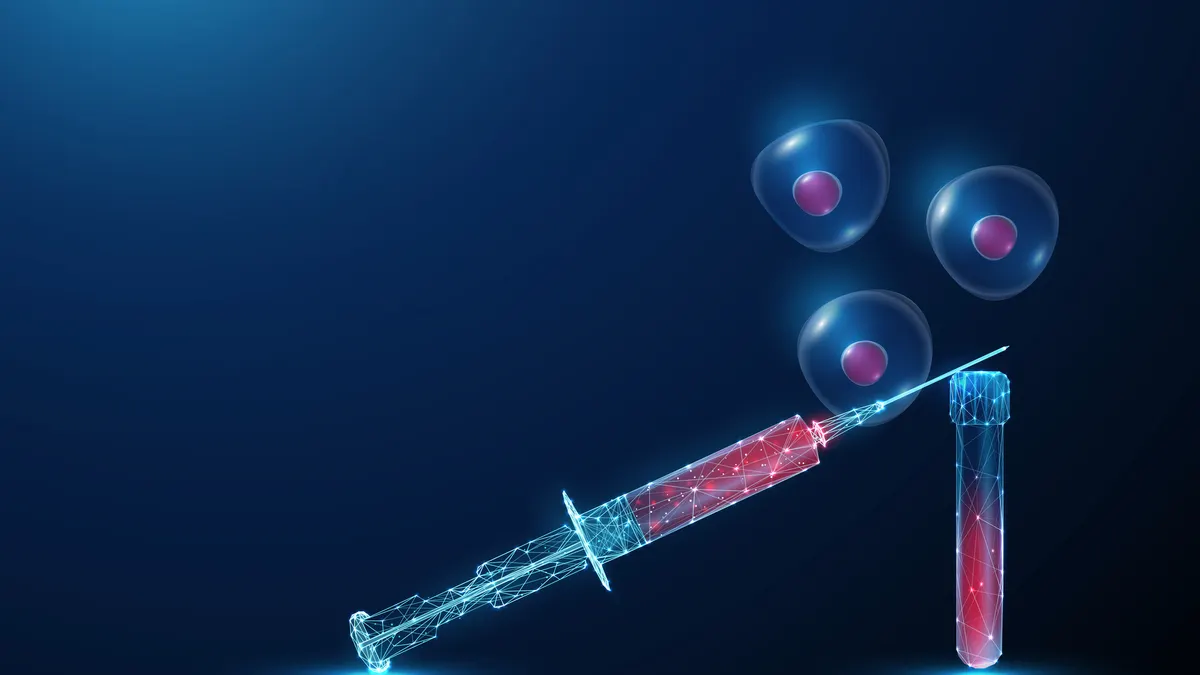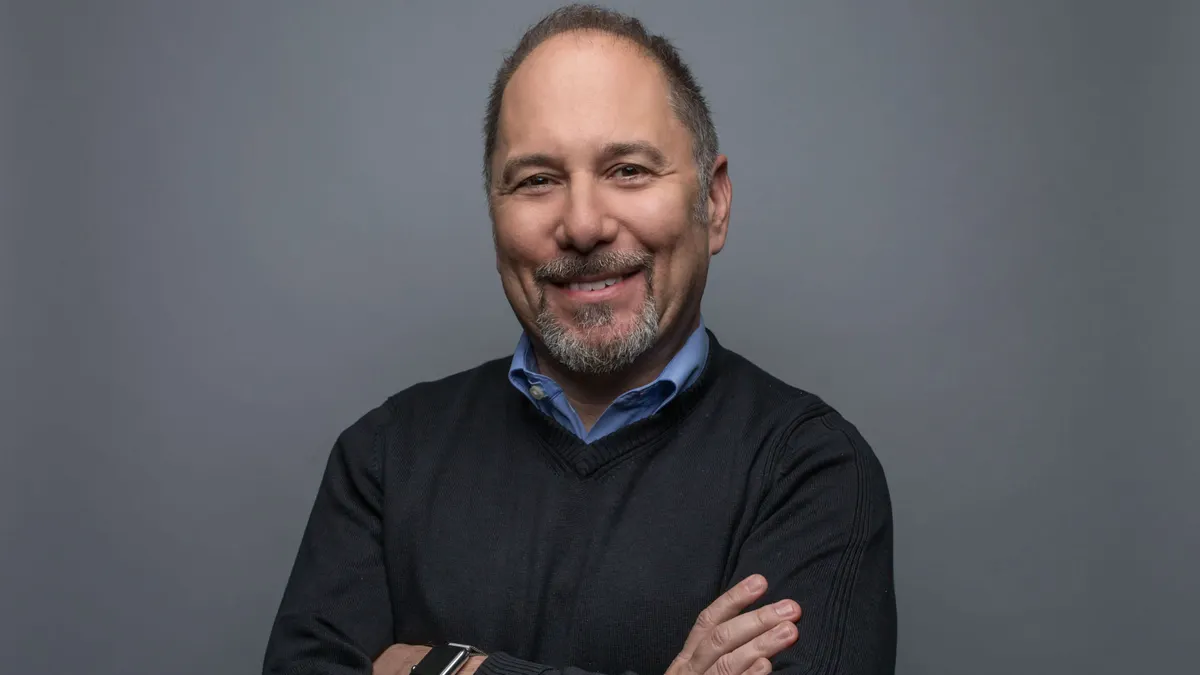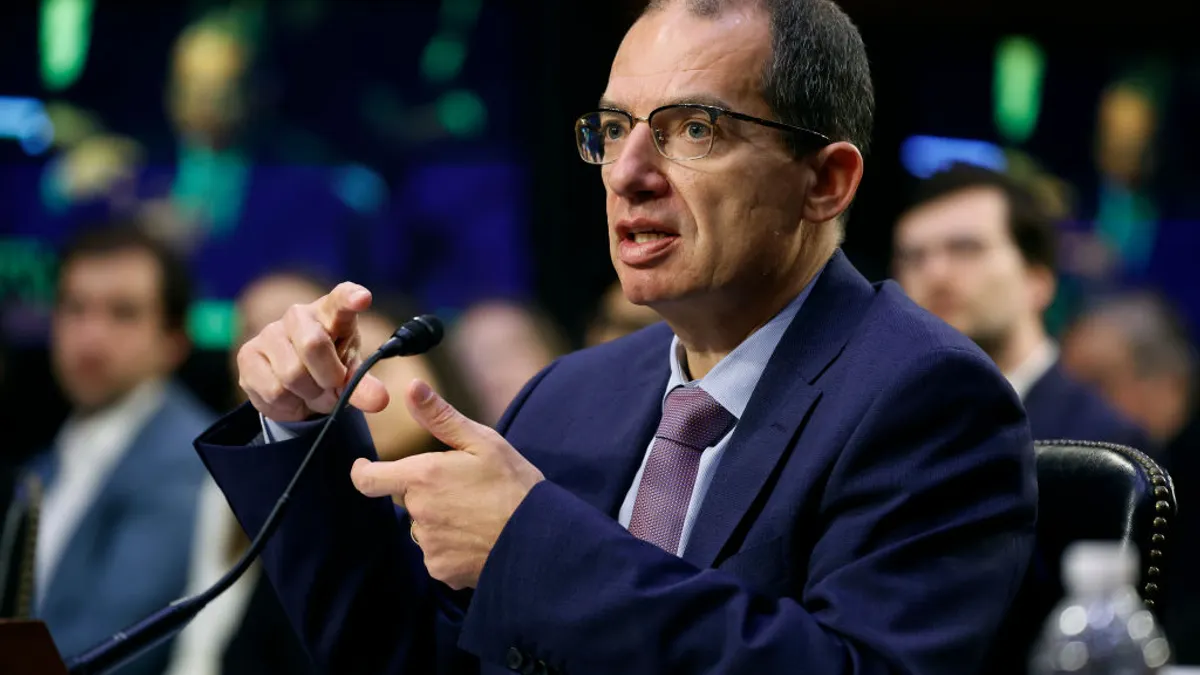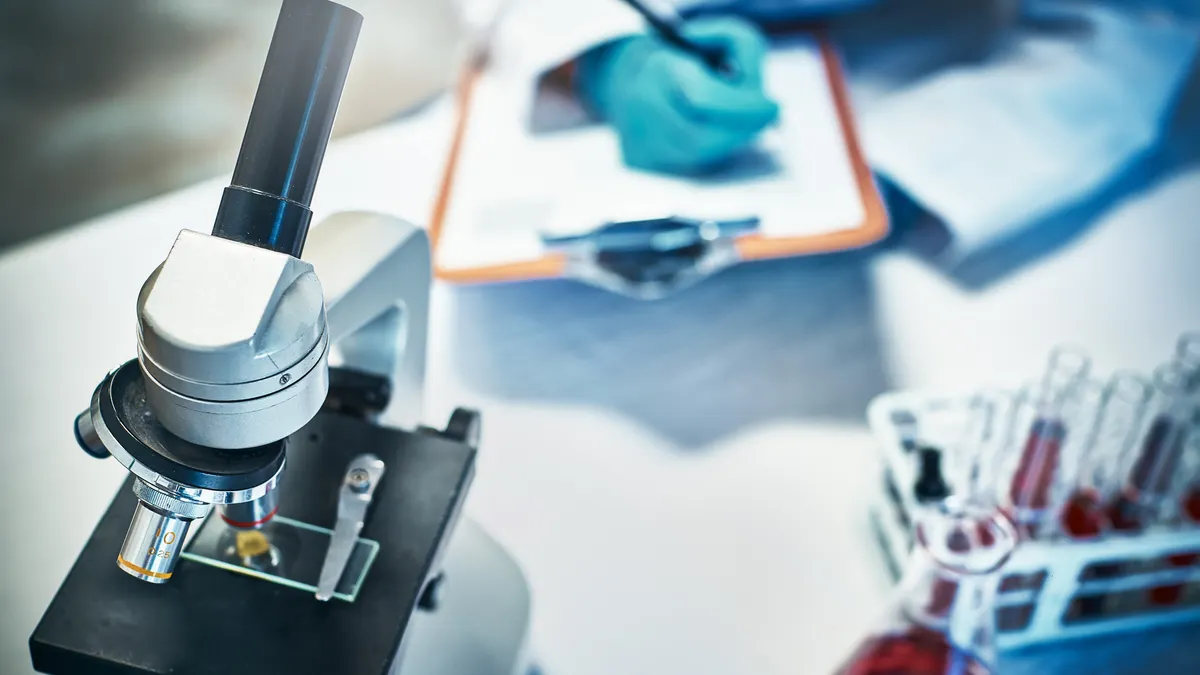Two industry leaders currently define the obesity market: Novo Nordisk and Eli Lilly — the only companies with approved GLP-1s. But dozens of hopefuls are advancing candidates through the clinic with the goal of edging better drugs to the market.
Not all new obesity assets will create a gold mine. Even Novo and Lilly have faced troubles this year as the market moves past the “peak hype” of 2024, according to a recent report from IQVIA.
After the booming sales of Novo’s semaglutide and Lilly’s tirzepatide products led to sky-high market caps for both companies, they’ve since fallen during the first half of 2025. With the initial excitement of a new, lucrative market over, more conventional dynamics are coming into play, IQVIA predicted.
And as the industry feels the squeeze of increased competition, only one other pharma giant is shelling out billions to get into the ring against Novo and Lilly. At the same time, the market leaders are putting their R&D dollars to work to stay ahead.
How have these shifting dynamics impacted dealmaking strategies?
Here are three of the biggest obesity deals announced in the first half of 2025, and why up-and-coming targets at the center of these matchups could offer a unique advantage.
Roche makes big moves
Roche has plunked down billions this year to get into the obesity race, and the Swiss pharma giant is betting that being late to the party will still pay off.
Over the next several years, Roche aims to fill an $8 billion revenue gap created by biosimilar competition. Although its portfolio is expected to cover much of those losses, the company wants to open a new revenue stream from the obesity market.
The pharma struck the largest obesity deal so far this year when it announced a collaboration with Denmark-based Zealand Pharma worth up to $5.3 billion. The two companies have partnered to develop and commercialize an amylin analog obesity shot, and create a new combination product with Roche’s own GLP-1/GIP receptor agonist. Zealand’s amylin analog, petrelintide, is currently in phase 2 testing, and has shown to have fewer gastrointestinal side effects compared to GLP-1s.
Roche is betting that amylins will be a key differentiator from the GLP-1s that deliver improved weight loss results. Demonstrating better results will be critical, according to analysts, and Roche is speeding its way to market as fast as possible with Zealand’s assets.
Roche also announced it’s investing $550 million into manufacturing capabilities in Indianapolis over the next five years. The city is the headquarters for its diagnostics business and a hub for manufacturing of continuous glucose monitoring systems, an adjacent market to cardiometabolic drugs.
And in 2023, Roche acquired Carmot Therapeutics for $2.7 billion, which had three obesity candidates in early- and mid-state testing.
Novo’s triple agonist
Roche wasn’t the only Big Pharma company to make a splashy deal in March. Novo also announced it would spend up to $2 billion to license an experimental triple agonist from China-based United Laboratories International Holdings. The deal, which included $200 million up front and up to $1.8 billion in milestone payments, gave Novo the commercialization rights to the early-stage drug candidate, UBT251.
The triple agonist — which targets the GLP-1, GIP and glucagon receptors — aims to improve weight loss results over Novo’s GLP-1s Ozempic and Wegovy, and Lilly’s dual GLP-1/GIP agonists Mounjaro and Zepbound. In an early-stage trial, patients taking the UBT251 weekly shot lost around 15% of their weight on average in 12 weeks, outperforming average weight reductions for GLP-1 drugs over the same time period.
United’s candidate is behind Lilly’s own triple agonist, retatrutide, which is currently in phase 3 trials. However, the results may help Novo remain competitive with Lilly, which recently overtook Novo as the market leader. Lilly dominates 53% of the obesity drug market as of the first quarter of the year.
Plus, Novo is on the hunt for a new oral obesity option, making a $200 million deal with Septerna in May to develop drugs that target G protein-coupled receptors, or GPCRs.
Lilly seeks durability
Market leader Lilly is also spending millions as part of its strategy to stay ahead and ward off the next would-be competitors. Last week, the pharma giant announced a deal worth up to $870 million to license technology from Camurus that could extend the durability of its weight loss drugs.
Sweden-based Camurus’ FluidCrystal technology aims to disperse medication over a period of days or months. Camurus’ injection forms a gel inside the body that holds the active ingredient and breaks down over time.
Under the terms of the deal, Lilly can use the tech with up to four of its molecules, potentially helping the company achieve one of the first long-acting weight loss drugs. Like oral options, a longer-acting shot may appeal to patients who aren’t eager to inject themselves weekly.



